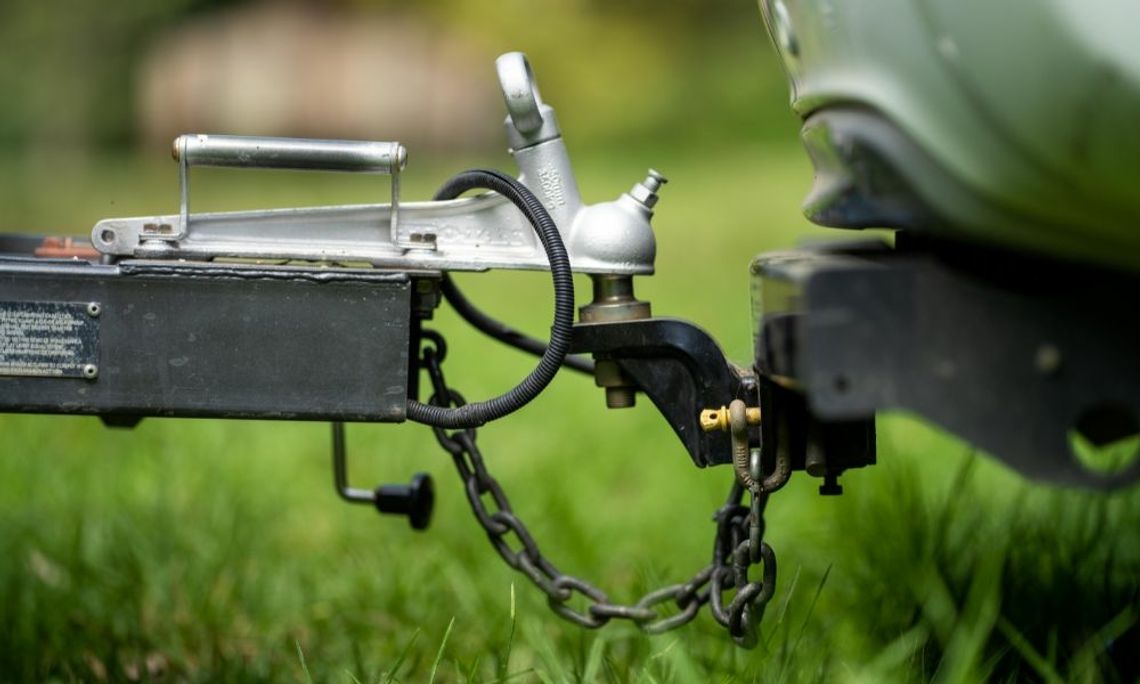When the open road calls, nothing beats the freedom of hitting the highway with your RV and trailer in tow. But before you venture into the wilderness on your next adventure, you have to make sure you properly wire your trailer to your RV. Here, we provide helpful advice for wiring a trailer to your RV so you can travel with peace of mind.
Understand Your Wiring System
Before diving into the wiring process, have a firm grasp of your RV’s electrical system. RVs typically come with a 7-way connector that allows for a multitude of functions, such as tail lights, left and right turn signals, brake lights, reverse lights, electric brakes, and a power supply. The color-coded wiring standards make identifying each function easier, but always refer to your RV’s manual for the specific wiring diagram. This knowledge base will provide a solid foundation when it comes time to connect your trailer.
Know Which Connectors To Use
One of the most critical steps in attaching a trailer to your RV is selecting the right connectors. Your RV most likely has a 7-way plug, as this is the standard for newer RVs and towing trailers. This plug includes connections for basic lighting functions and auxiliary functions, such as electric trailer brakes and a battery charge line.
However, you may need to explore other options. For instance, four-way connectors are also common, and you’ll need a guide to four-way connectors if this is what your trailer requires. Essentially, you should ensure that your trailer’s connector matches the RV’s; this congruence is vital for a successful and safe connection. If your trailer has a different connector type, adapters are available, but you must ensure they’re compatible with both the trailer’s requirements and the RV’s output.
Troubleshoot Common Issues
Even with everything seemingly connected correctly, you may occasionally run into issues. Troubleshooting is an essential skill, helping you address problems such as nonoperational lights or brakes. Begin troubleshooting by checking the most common points of failure, such as corroded or loose connections. If a specific light isn’t working, check the bulb and the ground connection. A weak ground often causes intermittent problems. For electric brake issues, check the controller settings in your RV. Remember, a systematic approach to troubleshooting will save you time and help resolve issues more efficiently.
Whether you’re gearing up for a season of road trips or preparing for a one-off excursion, taking the time to properly wire your trailer is a matter of convenience and safety. This helpful advice for wiring a trailer to your RV will help your travels go off without a hitch.


Comment
Comments